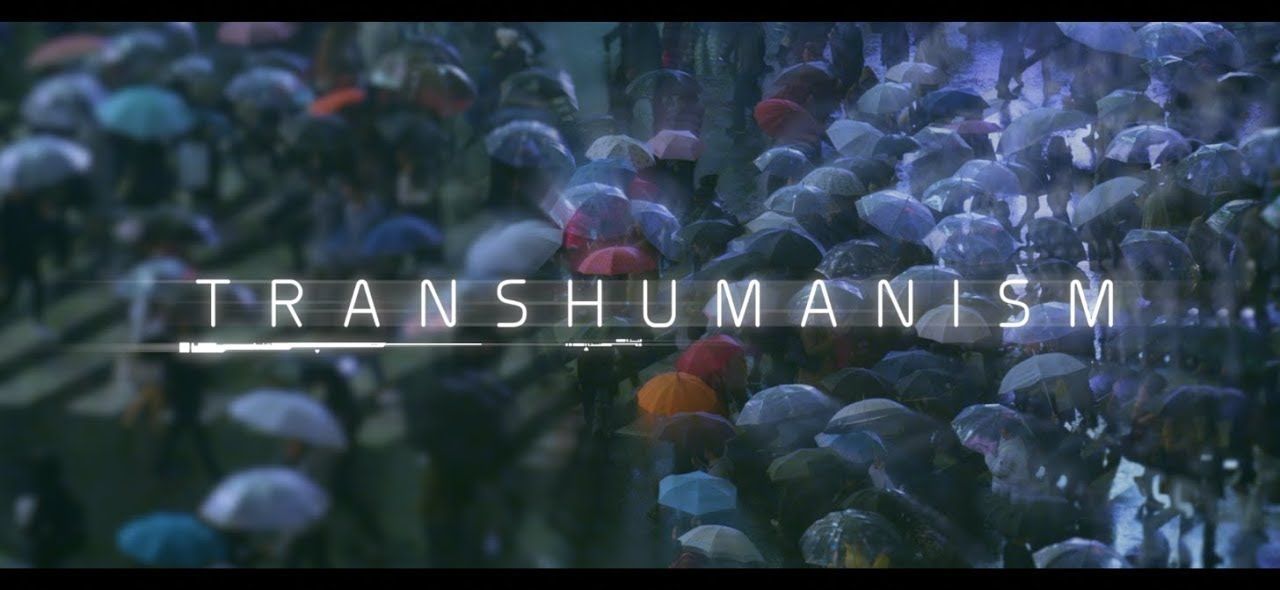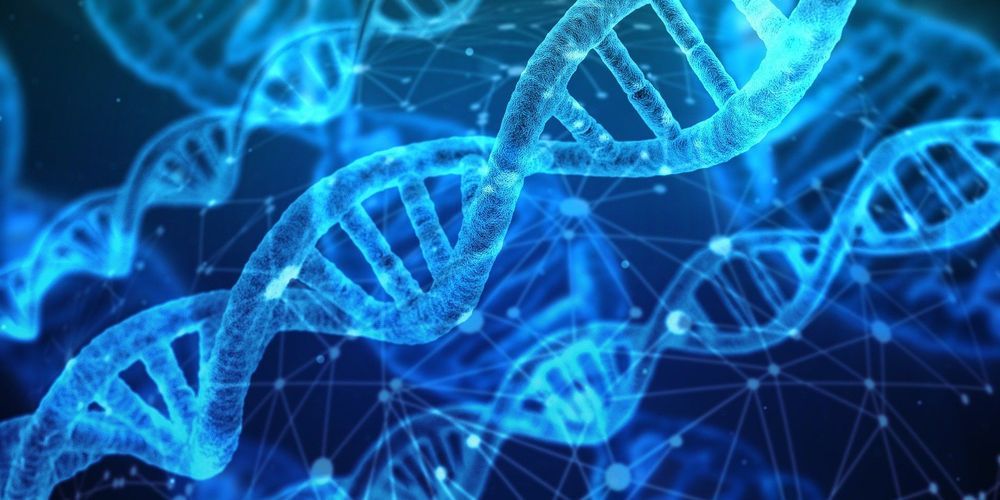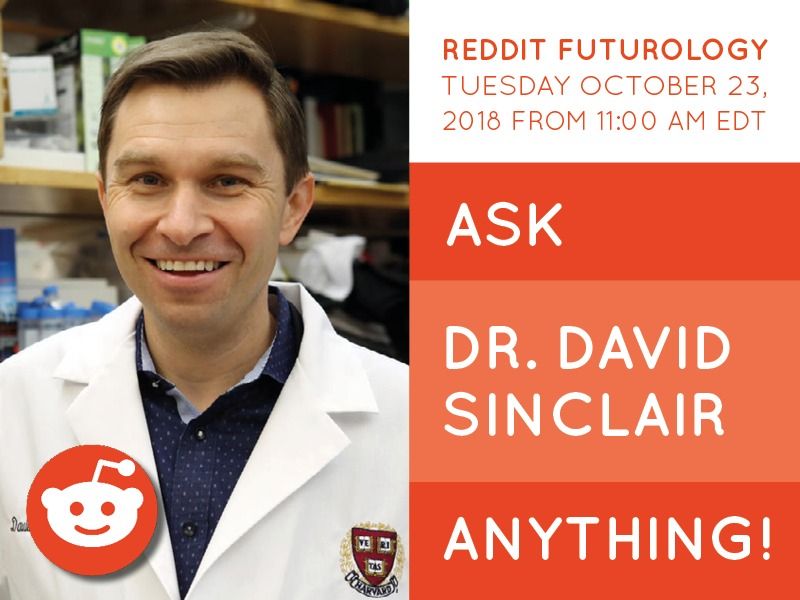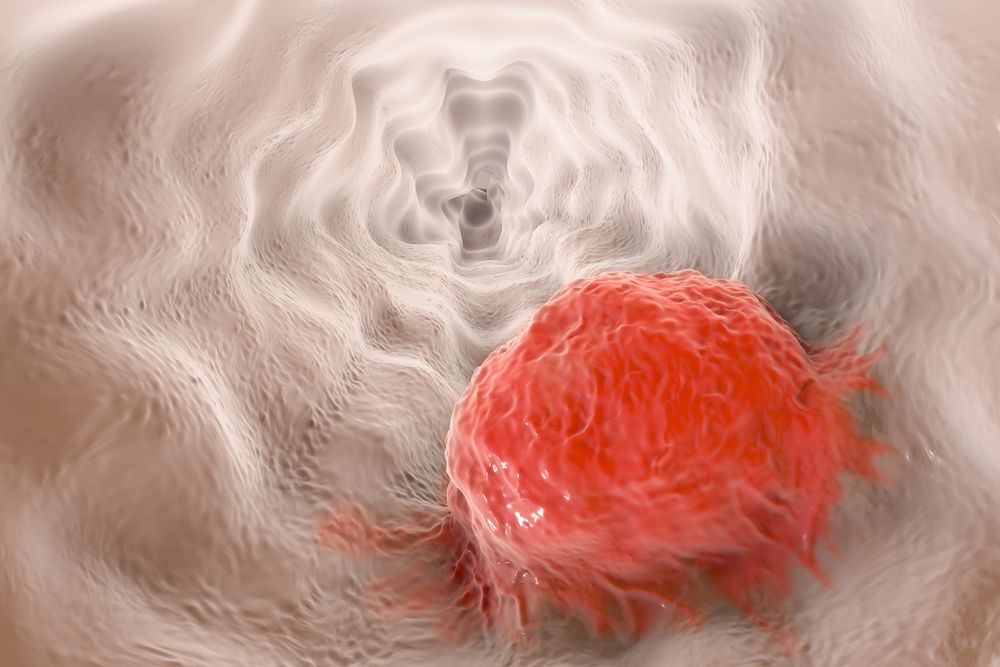Archive for the ‘genetics’ category: Page 400
Oct 29, 2018
Technology and Culture: Our Accelerating Epigenetic Factor Driven Evolution
Posted by Alex Vikoulov in categories: computing, genetics, particle physics, space, virtual reality
Memes are not just learned, they run deeper than that, they are part of our shared experience as human beings. This is how we communicate to each other through spoken, written, and body language; this is how we participate in customs, rituals and cultural traditions. Indeed, human civilization has always been a “cultured” virtual reality. We don’t often think of cultures as virtual realities, but there is no more apt descriptor for our widely diverse sociology and interpretations than the metaphor of the “virtual reality.” In truth, the virtual reality metaphor encompasses the entire human enterprise. We should realize that all our ideologies and religions, our belief systems and models of reality are our own personal operating systems — real to us but wry to someone else — each of us lives in a seemingly shared but simultaneously private virtual world.
By Alex Vikoulov.
Continue reading “Technology and Culture: Our Accelerating Epigenetic Factor Driven Evolution” »
Oct 28, 2018
In a Transhumanist Future, Everyday Could Be Halloween
Posted by B.J. Murphy in categories: bioengineering, biotech/medical, genetics, habitats, health, nanotechnology, transhumanism

In the spirit of Halloween, where ghouls, ghosts, and vampires walk among us, our perception of reality will soon transform as well, forever possessed by the specter of Transhumanism!
Last year, I wrote about how people could transform themselves into one of my favorite horror creatures—a real-life werewolf—using modern science and tech. This merely scratches the surface, however, in terms of how far an individual can go. In a Transhumanist future, you’ll be empowered to not only question the extent of your humanity but equally put those questions into action.
Continue reading “In a Transhumanist Future, Everyday Could Be Halloween” »
Oct 28, 2018
Bioquark Inc. — Life Of A Fighter Podcast — Ira Pastor
Posted by Ira S. Pastor in categories: aging, bioengineering, biotech/medical, DNA, futurism, genetics, health, innovation, life extension, neuroscience
Oct 28, 2018
There Are More Tiger Types Than We Thought, New Genetic Analysis Reveals
Posted by Genevieve Klien in categories: biotech/medical, genetics
Tigers seem pretty straightforward: stripes, sharp claws, awe-inspiring grace wielded by hundreds of pounds of rippling muscle, fondness of sugary cereal, etc. But new research on the big cats’ DNA is the latest indication that underneath that striking orange and black pelage, not all tigers are the same. Scientists are now reporting that tigers are broken up into six distinct subspecies spread out across Asia.
In endangered species like tigers, pegging down the exact number of subspecies can be pretty important for conservation purposes. Being mindful of how the species is naturally divided up in the wild—and how populations may be evolving independently of one another—can allow conservationists to more effectively manage populations as cohesive units. Global tiger conservation has struggled with this since there’s been plenty of disagreement on how many subspecies even exist.
Oct 26, 2018
You are the company you keep—A new screening method detects direct biomolecule interactions
Posted by Xavier Rosseel in categories: biotech/medical, genetics, health
Proteins are the building blocks of the cell. They do most of the work and are essential for the structure, function and dynamic regulation of the cell and body’s tissues and organs. Proteins rarely work alone, they interact, form protein complexes or bind DNA and RNA to control what a cell does. These complexes are key pieces of many important reactions within the cell, such as energy metabolism or gene regulation. Any change in those interactions, which can for example be caused by a mutation, can make the difference between health and disease. Hence, for understanding how cells operate, or what might go wrong in ill cells, it is essential to know how their building blocks interact.
New technologies allowed scientists during the last decades to understand the genetic information an organism possess, which of this information is actively used and which proteins are made by the cell in different circumstances. Now it is a big challenge to understand how biomolecules such as proteins and RNA messenger molecules combine to form the complexes required for a functional cell. In other words, we know the ten thousands of parts a cell is build off, but we don’t know how they belong together.
In a paper published in Nature Communications, scientists at the Centre for Genomic Regulation (CRG) describe the development of a new method, named “rec-YnH”, which was designed to understand the complexes formed between hundreds of proteins and RNAs at the same time.
Oct 26, 2018
DNA ‘dances’ in first explanation of how genetic material flows through a nucleus
Posted by Xavier Rosseel in categories: biotech/medical, genetics, nanotechnology
“Previous work mostly focused on what was going on at the microscale of DNA,” says study co-author Michael Shelley, group leader for biophysical modeling at the Flatiron Institute’s Center for Computational Biology in New York City and co-director of the Courant Institute’s Applied Mathematics Laboratory at New York University. “People didn’t really think about what was going on at the larger scale.”
Shelley and colleagues simulated the motions of chromatin, the functional form of DNA inside the nucleus. Chromatin looks like beads on a string, with ball-like clusters of genetic material linked by strands of DNA. The researchers propose that molecular machines along the DNA cause segments of the chromatin to straighten and pull taut. This activity aligns neighboring strands to face the same direction. That alignment, in turn, results in a cascading waltz of genetic material shimmying across the nucleus.
The dancing DNA may play a role in gene expression, replication and remodeling, though the exact effects remain unclear, the researchers reported online October 22 in Proceedings of the National Academy of Sciences.
Oct 25, 2018
Regenerage — Spinal Cord Regeneration — Venga la Alegria — TV Azteca — Bioquark Inc.
Posted by Ira S. Pastor in categories: bioengineering, biotech/medical, chemistry, disruptive technology, DNA, futurism, genetics, health, nanotechnology, neuroscience
 Wonderful to see the continuing progress of Mr. Omar Flores, with the support of his lovely wife, actress Mayra Sierra, today on the Venga la Alegria (VLA) show on TV Azteca (http://www.aztecauno.com/vengalaalegria) — The importance of an integrated approach to curing spinal cord injury including family, physical therapists, and the medical team at Regenerage (https://regenerage.clinic/)
Wonderful to see the continuing progress of Mr. Omar Flores, with the support of his lovely wife, actress Mayra Sierra, today on the Venga la Alegria (VLA) show on TV Azteca (http://www.aztecauno.com/vengalaalegria) — The importance of an integrated approach to curing spinal cord injury including family, physical therapists, and the medical team at Regenerage (https://regenerage.clinic/)
Oct 25, 2018
Dr. David Sinclair AMA
Posted by Steve Hill in categories: biotech/medical, genetics, life extension
On the 23rd of this month, Dr. David Sinclair did an Ask Me Anything over at the Futurology subreddit in support of the NAD+ Mouse Project on Lifespan.io. There were a range of interesting questions from the community about his work in aging research, particularly the role of NAD+ in aging.
Dr. David A. Sinclair is a Professor in the Department of Genetics at Harvard Medical School and a co-joint Professor in the Department of Physiology and Pharmacology at the University of New South Wales. He is the co-Director of the Paul F. Glenn Laboratories for the Biological Mechanisms of Aging and a Senior Scholar of the Ellison Medical Foundation. He obtained his Ph.D. in Molecular Genetics at the University of New South Wales, Sydney in 1995. He worked as a postdoctoral researcher at M.I.T. with Dr. Leonard Guarente; there, he co-discovered a cause of aging for yeast as well as the role of Sir2 in epigenetic changes driven by genome instability.
More recently, he has been in the spotlight for his work with NAD+ precursors and their role in aging and has been helping to develop therapies that replace NAD+, which is lost with aging, in order to delay the diseases of old age. Below are a selection of questions and answers from the AMA, and we urge you to head over to Reddit Futurology to check out the other questions that people asked.
Oct 24, 2018
Mutations Accumulate in Healthy Esophageal Tissue With Age
Posted by Nicola Bagalà in categories: biotech/medical, genetics, life extension
Many mutations accumulate in the esophagus as we age.
Scientists at the MRC Cancer Unit of the Wellcome Sanger Institute and other departments of the University of Cambridge discovered that healthy esophageal tissue accumulates very high numbers of mutations with age, to the point that, by the time middle age is reached, it is likely to contain more cells with a particular mutation than cells without it [1].
Abstract
Continue reading “Mutations Accumulate in Healthy Esophageal Tissue With Age” »
















